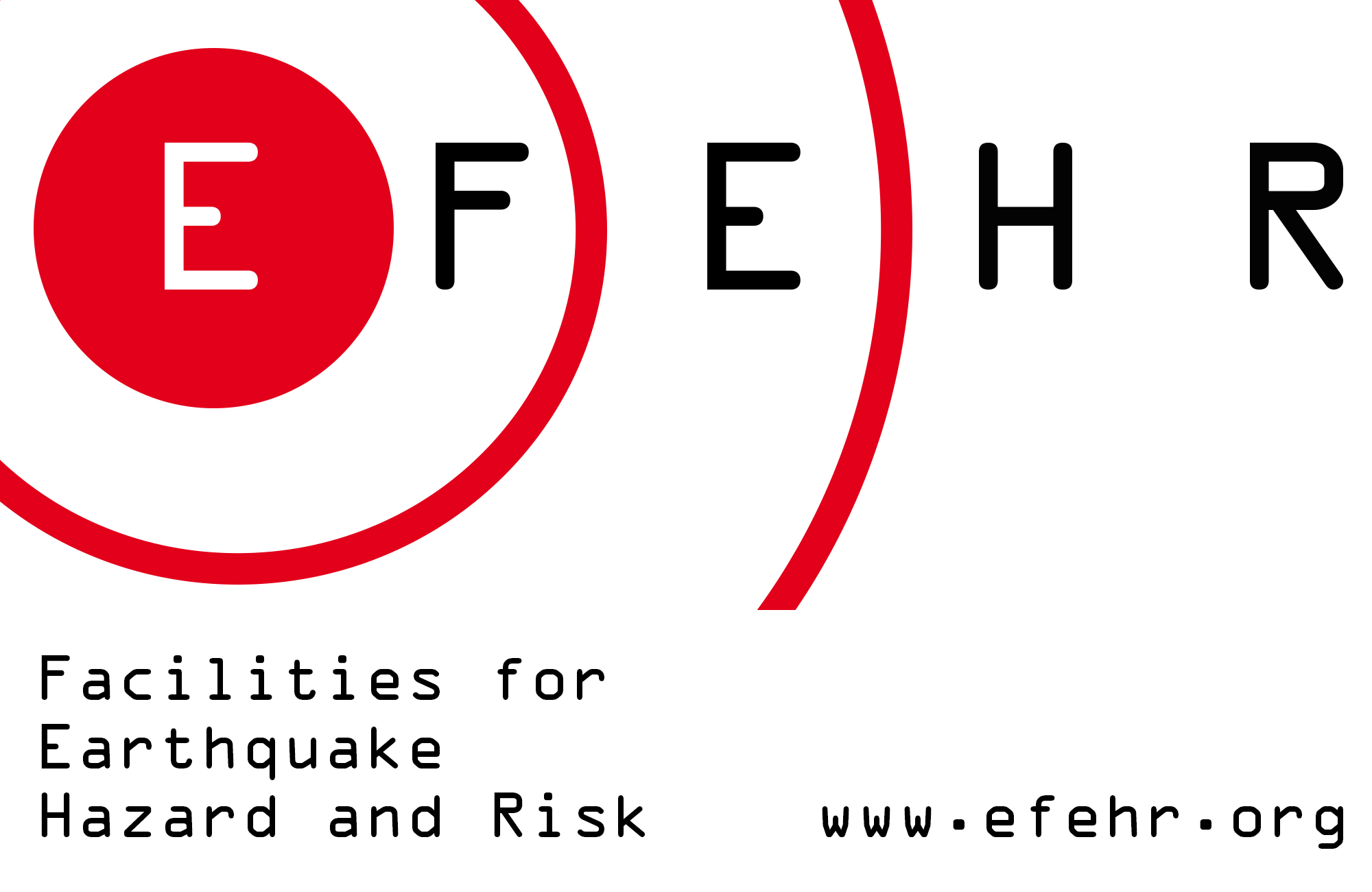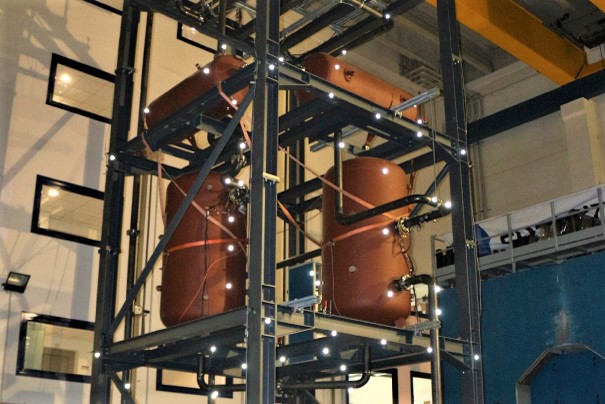SERA integrates data, products, infrastructures and know-how in seismology and earthquake engineering.
2020-09-16
Farewell, SERA!
It all started on the SERA kick-off meeting at ETH Zurich in May 2017: During two days, the project participants received an insight into the numerous work packages and could get to know each other on a personal level. Three years later, we can look back at a very successful cooperation and collaboration within the SERA community leading to an extensive output.
SERA not only improved access to data, services and research infrastructure for scientists and other professionals, but also contributed to new standards for future experimental observations in earthquake engineering. At this point, we would like to thank all SERA participants and project partners for their remarkable efforts.
As the project comes to an end, the website will not be updated anymore. However, it will continue to provide access to all technical reports, services, scientific publications, fact sheets, deliverables, news sheets and much more.
2020-06-09
EFEHR newsletter – sign up now!

EFEHR is a non-profit network of organisations aiming at advancing earthquake hazard and risk assessment in the European-Mediterranean area. The mission of this newly established consortium is to maintain and further develop the 2020 European Seismic Hazard and Risk Models. Initiated during the Joint Research Activities of SERA Project, these models are entering in their final stage of development before their release in autumn 2020. The EFEHR consortium will coordinate efforts with the community to review and provide feedback before the release of the models within the next months. Would you like to stay updated on the progress of the 2020 European Seismic Hazard and Risk Models?
Subscribe here to the EFEHR newsletter and stay informed! The newsletter will offer updates on the forthcoming workshops, preliminary and final results. It will be distributed up to four times a year, so no spamming; all the important information will be summarised in one compact e-mail.
2020-03-16
Shake table tests of a special risk industrial facility at EUCENTRE Laboratory

After about eight months of design, analysis and implementation, the SERA SPIF (Seismic Performance of multi-component systems in special risk Industrial Facilities) shake table experimental campaign is entering its main testing phases. The objective of the project is to holistically investigate the seismic behaviour of industrial plants equipped with complex process technology by means of shaking table tests.
The necessity exists, since past earthquakes have demonstrated different critical interactions affecting such plants, namely interactions between the supporting structure and plant components as well as between individual plant components. The structural or process-related interactions not only lead to production losses, but can also lead to serious secondary damages and pose a danger to humans and the environment in case hazardous substances are released due to leakages.
The structure is a three-storey steel moment frame with vertical and horizontal vessels, arranged on the three levels with some of them connected to each other by steel pipes. Furthermore, an electrical cabinet and a typical conveyor system are installed. The three levels are constructed with flexible diaphragm made of steel beams. The test structure is equipped with sensor systems integrated into the structure for rapid damage assessment and is applicable to condition analyses or early warning systems.
The achieved results on the seismic behaviour of multi-component systems with mutual interactions can be used for probabilistic safety analyses in power plants (e.g. nuclear power plants) as well as in industrial plants (e.g. chemical plants). In addition, important findings can be derived for the definition of performance limits, the isolation of structural systems and components as well as for the use of sensor systems for rapid damage assessment.
Visit SERA Transnational Access Web Portal for updates.
2019-12-11
SlabSTRESS TA project at JRC ELSA Reaction Wall
The SlabSTRESS Transnational Access project was successfully completed at the ELSA Reaction Wall. The team was comprised of 14 researchers from Politecnico di Milano (Italy), École polytechnique fédérale de Lausanne (Switzerland), Universitatea Tehnica de Constructii Bucuresti (Romania) and Universidade NOVA de Lisboa (Portugal).
The test specimen was a full-scale two-storey reinforced concrete flat-slab structure with plan dimensions 9x14 m. The testing programme included pseudodynamic tests (hybrid simulation of the physical specimen and numerical shear walls) with input corresponding to the Serviceability and Ultimate Limit States and quasi-static tests under imposed cyclic displacement with increasing amplitude (three slab-column joints were strengthened after the first cyclic test).
The project provided new knowledge on the response of flat-slab structures that could not be captured in previous tests on column-slab sub-assemblies. The results will help calibrate models, verify the Eurocode and Model Code models for punching shear, develop new rules for the deformation-based design and detailing of flat-slab structures subjected to earthquake and gravity loads, and improve the design of flat-slab frames as primary seismic structures.
19 research groups from 13 countries participate in the ongoing blind prediction competition.
Visit www.slabstress.org and follow them on ResearchGate for updates.